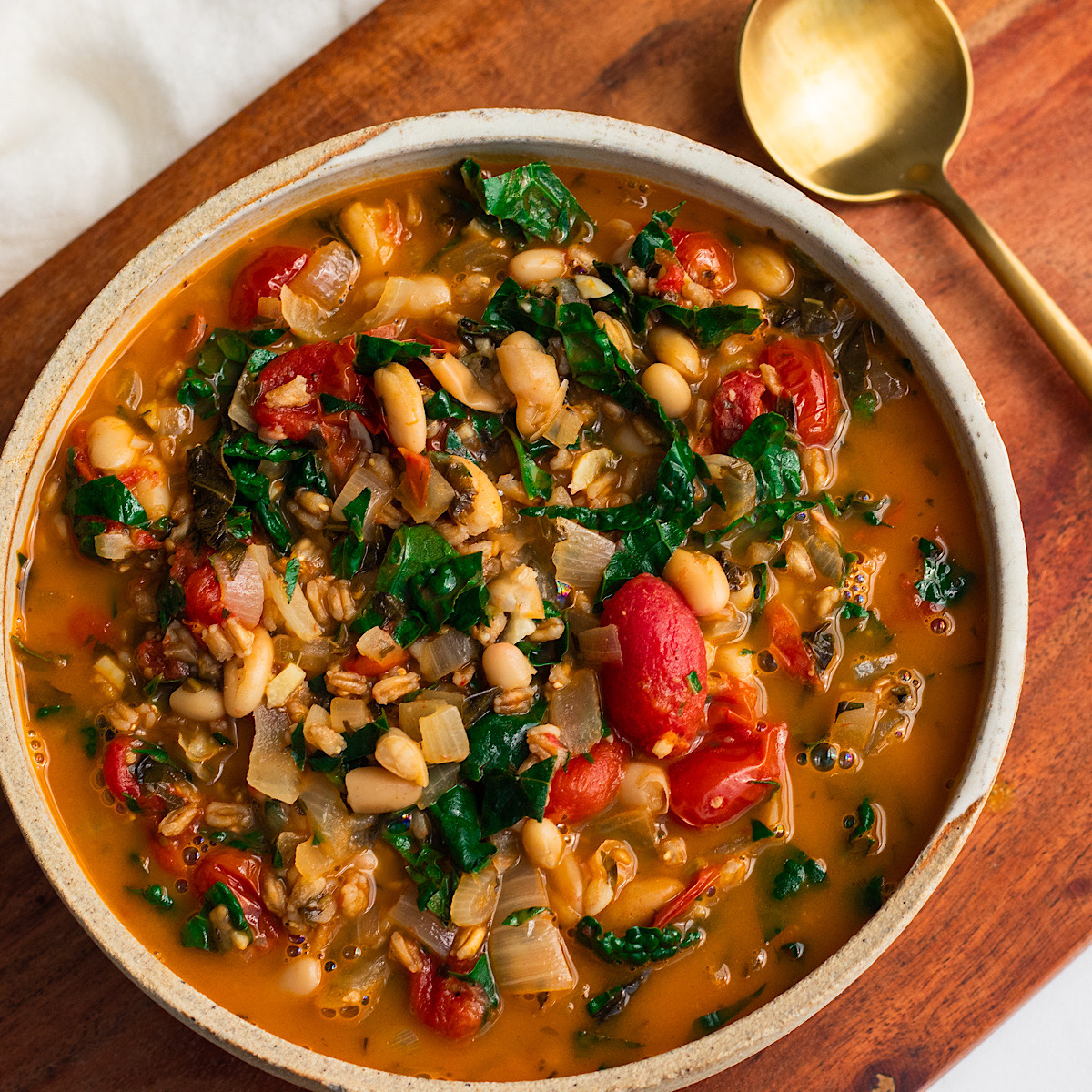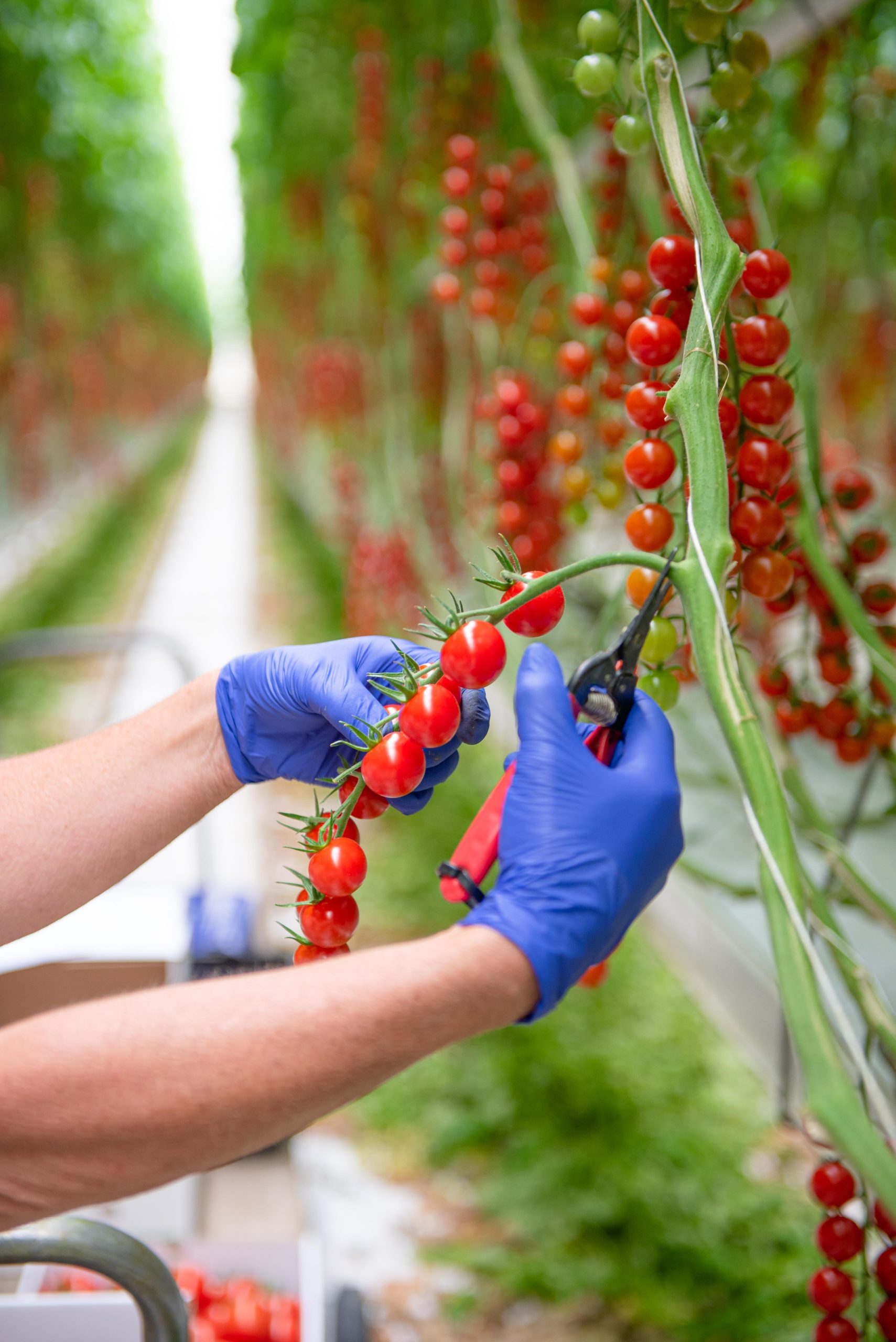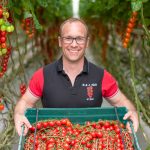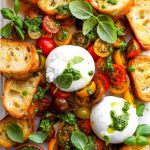As we are approaching December, it’s the perfect time to start thinking about ways to preserve your harvest. With some simple preservation techniques, you can enjoy the taste of fresh, flavourful tomatoes even in the depths of winter. Whether you’re looking to add bursts of summer flavour to soups, sauces, or stews, preserving tomatoes is a wonderful way to savour the harvest year-round. Here’s a guide to storing tomatoes for winter, so you can enjoy their bright taste long after the growing season ends.
- Canning Tomatoes
Canning is a traditional and popular method for preserving tomatoes that can last you through the winter months. It allows you to store tomatoes in jars for up to a year, maintaining their texture and flavour beautifully. Here’s how to can tomatoes:
Step 1: Start with ripe, firm tomatoes. Blanch them in boiling water for 30 seconds, then transfer to an ice bath to loosen the skins, which you can then easily peel off.
Step 2: Once peeled, chop the tomatoes if you’d like them diced, or leave them whole. Add them to sterilised canning jars, leaving about a half-inch of space at the top. Add a tablespoon of lemon juice or vinegar to each jar to ensure proper acidity levels for safe storage.
Step 3: Seal the jars and place them in a water bath for 40-50 minutes. Once processed, let the jars cool. Store them in a cool, dark place, and they’ll be ready to enjoy whenever you need them.
Canned tomatoes are ideal for making sauces, stews, and soups throughout the winter. By preserving the tomatoes when they’re at their peak, you’ll get a burst of summer flavour in every meal!
- Freezing Tomatoes
Freezing is one of the simplest ways to preserve tomatoes, requiring minimal equipment and preparation. Although frozen tomatoes don’t retain their fresh texture, they work well in cooked dishes, where their flavour shines. Here’s a quick method for freezing tomatoes:
Step 1: Wash and dry the tomatoes. You can freeze them whole, chopped, or pureed, depending on how you plan to use them. If you prefer, blanching and peeling the tomatoes first will make them easier to cook with later.
Step 2: Place the tomatoes in a single layer on a baking sheet and freeze them until solid. Once frozen, transfer them to freezer bags or airtight containers, squeezing out as much air as possible.
Step 3: Label each bag with the date, so you know how long they’ve been stored. Frozen tomatoes will keep well for up to six months.
Frozen tomatoes are excellent for pasta sauces, chili, and casseroles. Since they break down easily when thawed, you don’t need to worry about texture – just focus on that amazing tomato flavour!
- Making Sun-Dried Tomatoes
Sun-dried tomatoes (or oven-dried tomatoes) are an incredible way to add intense tomato flavour to dishes. Dried tomatoes are versatile, chewy, and packed with a concentrated sweetness that can enhance everything from salads to pasta. Here’s how to make sun-dried tomatoes at home:
Step 1: Slice small or medium tomatoes (like Roma tomatoes) in half, and remove seeds if desired. Place them cut-side up on a baking sheet lined with parchment paper.
Step 2: Lightly season with salt and any herbs you enjoy, such as rosemary or thyme. Drizzle with a bit of olive oil.
Step 3: Dry the tomatoes in the oven at a low temperature for 6-8 hours, or until they’re dehydrated but still pliable. Alternatively, you can use a dehydrator for this process if you have one.
Once dried, you can store the tomatoes in airtight containers or jars. For added flavour and convenience, store them in olive oil, which also adds a delicious tomato-infused oil you can use for cooking. These sun-dried tomatoes are perfect for snacking, tossing into pastas, or topping pizzas.
Whether canned, frozen, or dried, each preservation method brings out a different quality of tomatoes, allowing you to savour their taste in various recipes. So don’t let those last tomatoes of the season go to waste – preserve them, and enjoy the taste of summer all winter long!
















